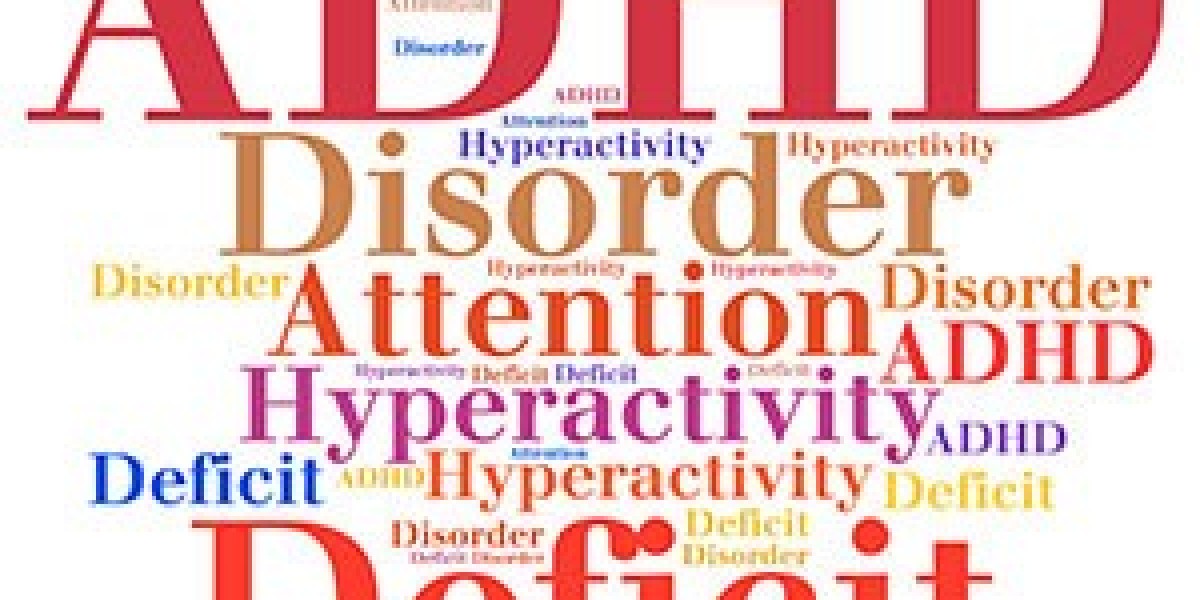Attention-Deficit/Hyperactivity Disorder (ADHD) and sensory processing issues are two conditions that often intersect, presenting complex challenges for those affected. ADHD is a neurodevelopmental disorder characterized by inattention, hyperactivity, and impulsivity. Sensory processing issues, on the other hand, involve difficulties in organizing and responding to sensory information from the environment. Understanding the link between these two conditions can shed light on why individuals with ADHD often experience sensory processing difficulties and how these issues can impact daily functioning.
The Nature of ADHD and Sensory Processing Issues
ADHD affects an estimated 5-7% of children and can continue into adulthood. Individuals with ADHD may struggle with maintaining attention, managing impulses, and regulating activity levels. These symptoms can impact various aspects of life, including academic performance, relationships, and self-esteem.
Sensory processing issues, or Sensory Processing Disorder (SPD), refer to difficulties in processing and responding to sensory stimuli. These issues can manifest as either hypersensitivity (over-responsiveness) or hyposensitivity (under-responsiveness) to sensory inputs such as sounds, textures, lights, or movements. People with SPD might become overwhelmed by sensory stimuli or, conversely, seek out excessive sensory input to feel adequately stimulated.
The Link Between ADHD and Sensory Processing Issues
Research suggests a significant overlap between ADHD and sensory processing issues. Studies indicate that individuals with ADHD are more likely to experience sensory processing difficulties than those without ADHD. Several factors may contribute to this connection:
Neurological Underpinnings:
Both ADHD and sensory processing issues involve differences in brain function and structure. ADHD is associated with dysregulation in brain areas responsible for attention and impulse control, such as the prefrontal cortex and basal ganglia. Sensory processing issues are linked to atypical functioning in brain regions involved in sensory integration, like the parietal lobe. These overlapping neurological factors may contribute to the co-occurrence of ADHD and sensory processing difficulties.
Attention and Sensory Sensitivity:
Individuals with ADHD often struggle with attention regulation, which can exacerbate sensory processing issues. Difficulty focusing on relevant stimuli while filtering out irrelevant sensory input can make it harder for individuals with ADHD to manage sensory information effectively. For example, a child with ADHD might become easily distracted by background noise in a classroom, making it challenging to concentrate on a lesson.
Impulsivity and Sensory Seeking:
Impulsivity, a hallmark of ADHD, can lead to sensory-seeking behaviors. Individuals with ADHD might engage in activities that provide intense sensory experiences, such as fidgeting or seeking out loud noises. This sensory seeking can be a way to self-regulate or manage feelings of restlessness and boredom.
Emotional Regulation:
Both ADHD and sensory processing issues can impact emotional regulation. Sensory overload or discomfort can lead to frustration, anxiety, or meltdowns in individuals with ADHD. Conversely, emotional dysregulation associated with ADHD can heighten sensitivity to sensory stimuli, creating a feedback loop that exacerbates both conditions.
Implications for Daily Life
The interplay between ADHD and sensory processing issues can significantly affect daily life. Children with both conditions might struggle in educational settings where sensory distractions are prevalent. They may have difficulty staying seated, paying attention, or following instructions due to sensory overload. Similarly, adults with ADHD and sensory processing issues may face challenges in work environments or social situations where sensory stimuli are hard to manage.
Daily routines can also be impacted. For instance, getting dressed or maintaining personal hygiene might become challenging if an individual is sensitive to certain fabrics or textures. Social interactions can be strained if sensory issues lead to misunderstandings or discomfort in group settings.
Strategies for Managing ADHD and Sensory Processing Issues
Addressing the dual challenges of ADHD and sensory processing issues requires a comprehensive approach. Here are some strategies that can help:
Sensory Accommodations:
Creating a sensory-friendly environment can reduce sensory overload. This might include using noise-canceling headphones, providing fidget tools, or incorporating sensory breaks into daily routines.
Structured Routines:
Establishing consistent routines and organizational systems can help manage ADHD symptoms and provide predictability, which can be beneficial for individuals with sensory processing issues.
Occupational Therapy:
Occupational therapists can work with individuals to develop sensory integration techniques and coping strategies. Therapy might include activities designed to improve sensory processing and help individuals manage sensory input more effectively.
Behavioral Interventions:
Behavioral strategies can address impulsivity and attention difficulties. Techniques such as positive reinforcement, clear instructions, and breaking tasks into manageable steps can help individuals with ADHD stay focused and organized.
Collaborative Support:
Working with educators, therapists, and caregivers can ensure a coordinated approach to managing both ADHD and sensory processing issues. This collaboration can help create supportive environments at school, home, and in the community.
Conclusion
Understanding the link between ADHD and sensory processing issues is crucial for providing effective support and interventions. By recognizing the overlapping challenges and implementing tailored strategies, individuals with both conditions can experience improved functioning and quality of life. Continued research and awareness are essential in developing comprehensive approaches to address these complex and interrelated issues.








